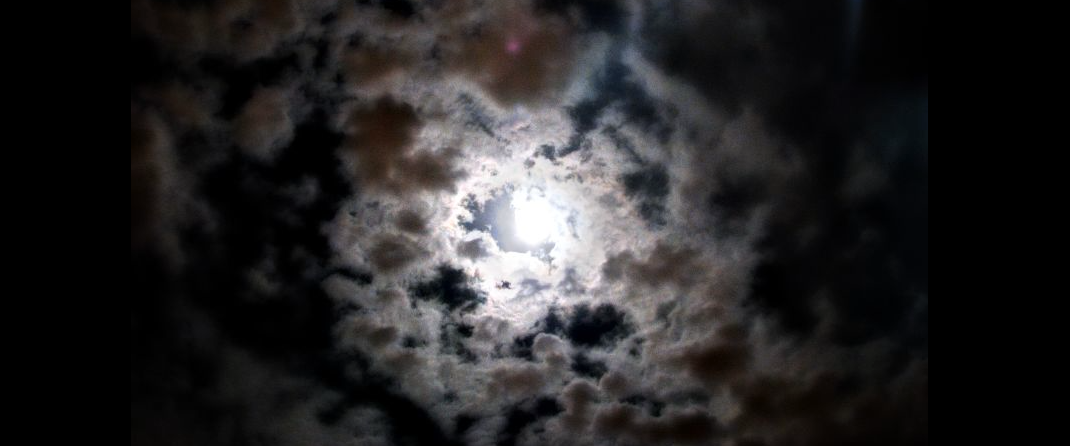New Scientist
Image: Yotam Rozin
The year is AD 536, and Byzantine historian Procopius of Caesarea has just arrived in southern Italy. The balance of power in the Mediterranean is in flux: Vandals had sacked Rome in 455 and the Western Roman Empire had fallen in 476. Justinian I, the Byzantine (or Eastern Roman) Emperor, is determined to reclaim the lost territories. After a successful campaign against the North African Vandal Kingdom in the early 530s, Justinian dispatches his army to retake Italy.
Yet as Procopius records, something odd then happened. The sun dimmed, and the dimness lasted for more than a year. There were frosts and snows in the middle of summer – the winter never really ended. From Italy to Ireland, China to Central America, the year 536 was the beginning of a decade-long cold snap beset by turmoil. Religions lost believers, cities collapsed and one of the greatest plagues in history killed a quarter of the population in the Byzantine Empire. Justinian’s armies did manage to retake Rome, but his weakened empire was overstretched, and soon lost the territory again.
In almost every region of the world, this period was marked with bad weather, social disorder – and death. This climatic downturn may well have profoundly altered the course of history. The trigger of this cooling has long been a mystery, but now we may finally be close to identifying the culprit – or culprits. Read more on newscientist.com…








